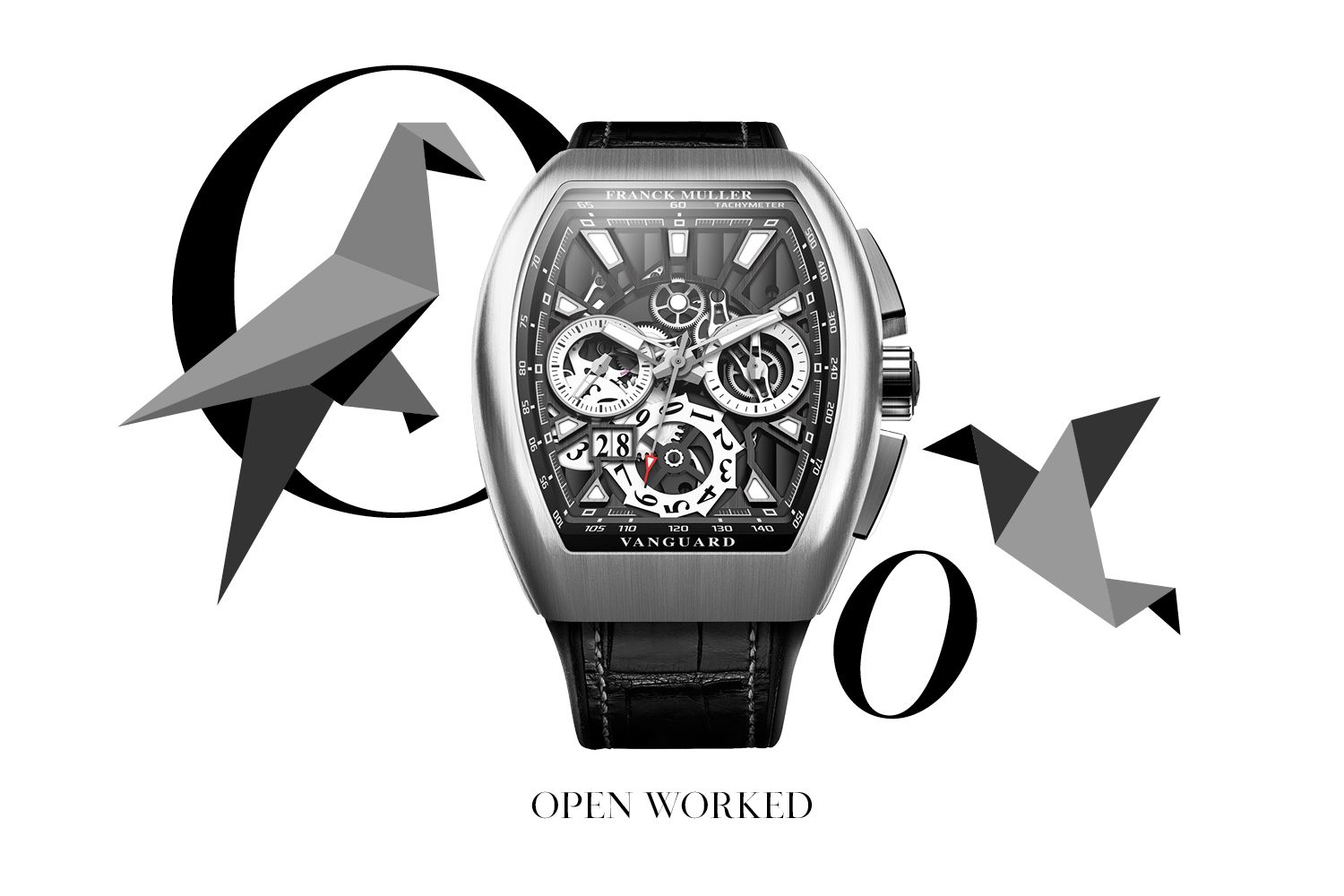TATLER FOCUS
Synonymous with skeletonisation, openworking refers to the art of reducing a movement to its bare minimum, exposing everything from the oscillator to the gear wheels to the mainspring and even the crown. All of the plates and bridges, as well as parts like the barrel, will be artfully sculpted such that what remains are the core structure.
Openworking is like walking the tightrope in watchmaking terms—remove too much and you’ll compromise the integrity of the component, but remove too little and you would’ve not done justice to the movement. Well skeletonised movements not only are reduced to its bones, they are also beautifully hand-finished. This is why many watch connoisseurs regard it as a complication unto itself.
Manufactures have not stopped producing skeletonised timepiece since the modern watchmaking renaissance. The only difference is that this art has evolved. Where before skeletonised movements are distinctly classical, baroque even, in aesthetics, today cutting-edge watchmaking houses have brought openworking into the 21st century.
In place of curlicue shapes and gilded finishes, there are robust lines and sleek polishing. Some manufactures even worked special design motifs into the skeletonised form, shaping the bridges into numerals or hearts and stars. Openworking at Franck Muller can be as extreme as the Vanguard Gravity Skeleton or as discerning as the Vanguard Grande Date, which puts a sporty spin on the openworked movement.
